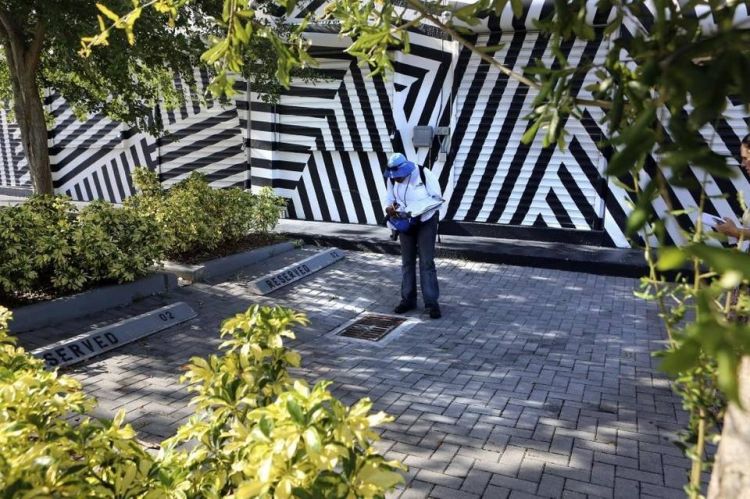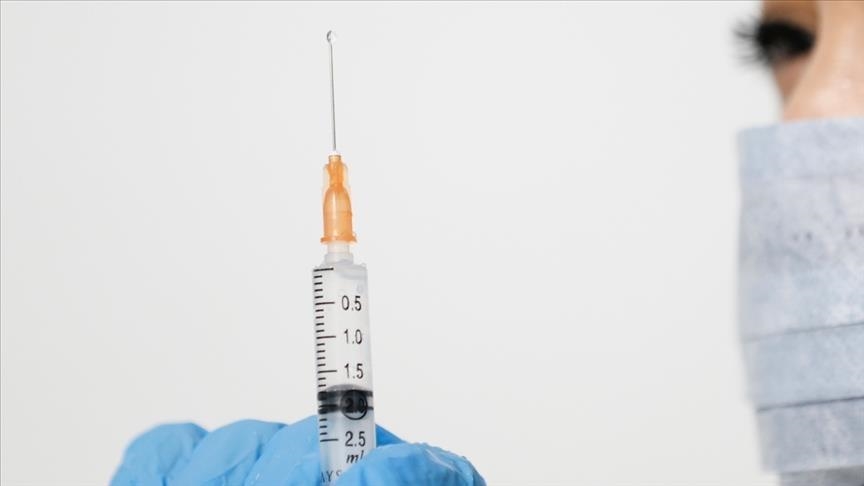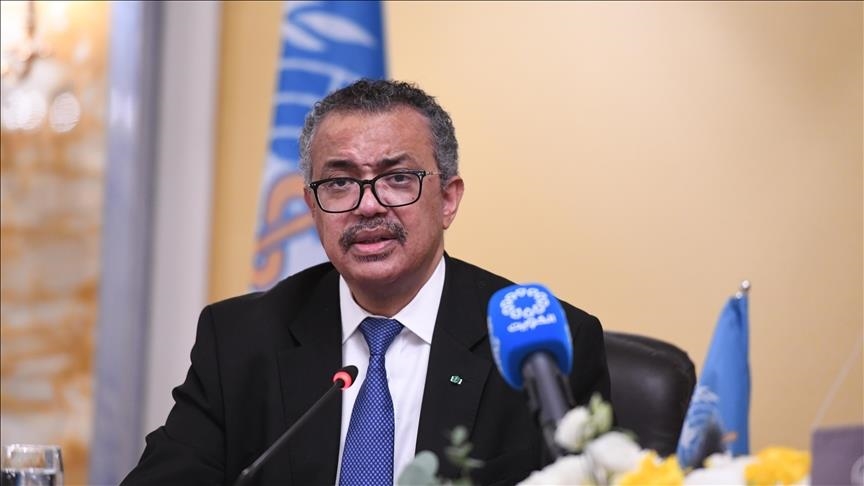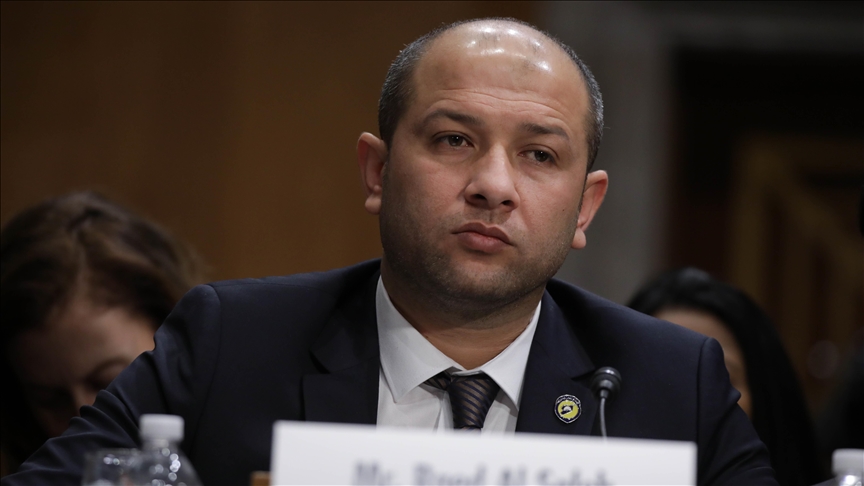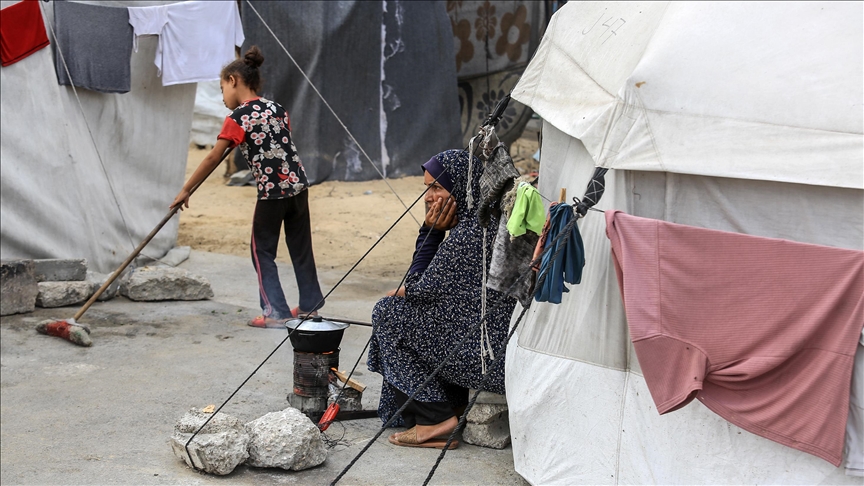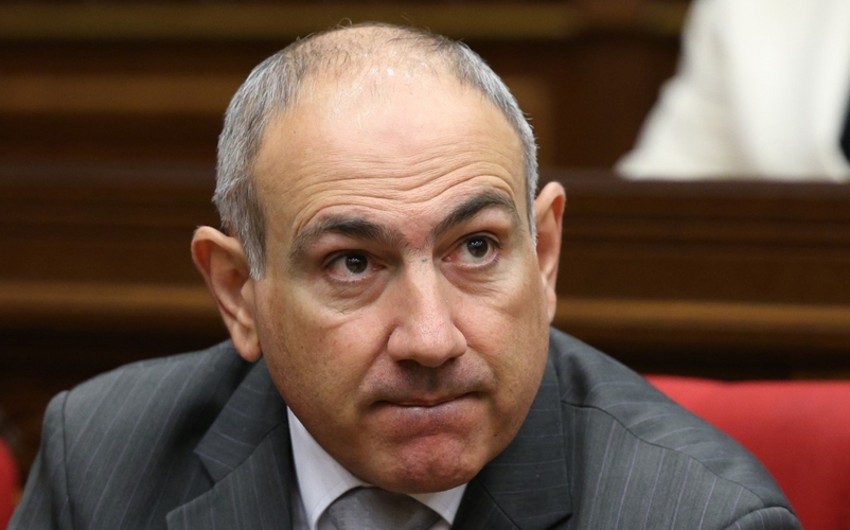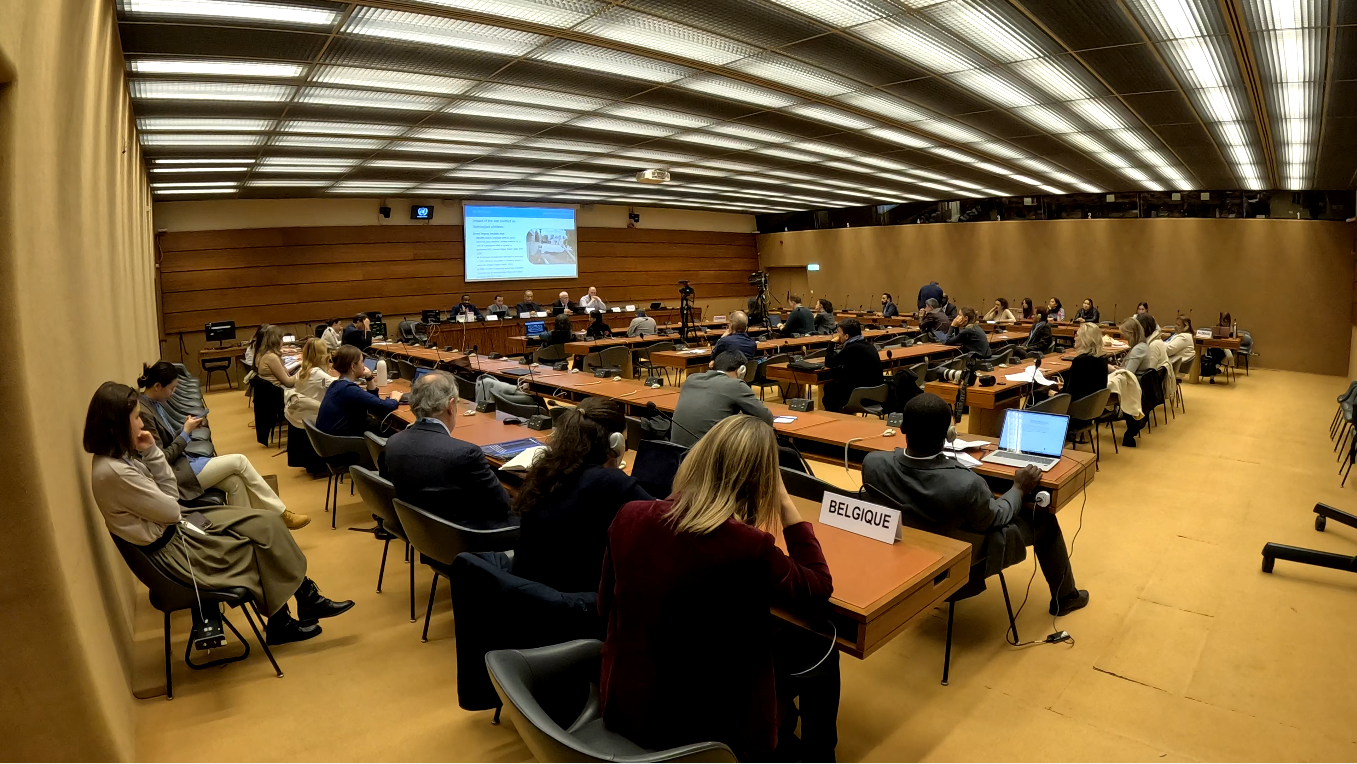As the Zika virus spread across Miami-Dade County this summer, a tiny staff of 17 that handles mosquito control for nearly 2.7 million people was outgunned, overwhelmed and maybe even a victim of its own success: in 2009 and 2010, the county managed to dodge a dengue outbreak that infected more than 100 people in Key West and four years later evaded a rash of Chikungunya.
But Zika was something different, a mosquito-borne virus with terrifying implications for expectant parents that had ravaged parts of South America.
As early as February, the county lead the state in travel-related cases. In April, federal scientists issued dire predictions that ground zero for Zika in the U.S. would likely be Miami, a mecca for both Latin American tourists and the Aedes aegypti mosquitoes that transmit the virus. The Centers for Disease Control and Prevention repeatedly warned it was a public health threat that called for serious advance planning.
Despite the early alarms, records show Miami-Dade largely proceeded with business as usual as the summer mosquito season approached.
Mosquito staff set up a network of monitoring traps along the coast and marshes — a seasonal strategy designed to track nuisance biters but do little to assess the urban, disease-carrying Zika mosquitoes. A five-page action plan was drafted — with an initial prevention campaign focused on telling residents to dump and cover containers where mosquitoes breed, a strategy that almost never works. Mayor Carlos Gimenez called for a $300,000 bump in the mosquito control division’s $1.7 million budget — a modest 18 percent boost that wouldn’t deliver more money until next year — but also told staff to do what was needed.
Other tactics, which better-financed mosquito control districts implemented, were not pursued. No additional surveys were done to scope out breeding grounds. No special traps were distributed to track the presence of Aedes aegypti. No larvicide application, or neighborhood fogging outside the marsh mosquito zone in South Miami-Dade, was performed to knock down numbers in advance of the coming mosquito season. The county plan, for the most part, was to step up measures if and when Zika got a local foothold. And since that has happened, the county, state and federal governments have poured millions into trying to contain the virus.
Outside experts say Miami-Dade could have acted earlier and done more. Given the dense urban population, preventing Zika was probably impossible but more aggressive and expensive tactics might have helped limit public exposure. That would have busted the annual budget in Miami-Dade, which has cut mosquito control spending in half since 2007. Before Zika, the county was spending about 64 cents each year for every resident. The Florida Keys, in contrast, spends about $208 per resident - far and away the state’s gold standard for mosquito control.
“When you consider the population of Miami-Dade and the area you’re dealing with, you can’t do anything of any consequence toward controlling mosquitoes with that little bit of money. It’s just not possible,” said Ed Fussell, who helped pioneer aerial larviciding as head of the Florida Keys Mosquito Control District between 1997 to 2011.
Once health agencies confirmed local transmission in Wynwood on July 29, the small mosquito control division scrambled to confront the outbreak. The daily reports show the division initially dispatched three to five inspectors with backpack foggers in the week that followed and deployed a truck fogger four times. The following week, they had 64 crews countywide — most of them hired contractors. By the time a mosquito-fighting team from the Centers for Disease Control and Prevention arrived in early August, just six Aedes aegypti traps, some of them borrowed, were being monitored by the county in Wynwood, CDC officials said.
The summer battle has shown the proposed $300,000 bump for expanded mosquito control was absurdly low. Gimenez now estimates that the county will spend about $10 million this year to fight Zika — with $7 million going to private mosquito control contractors hired as reinforcements. The state has set aside, but not yet sent, another $5 million.
The mayor, his staff and the county’s mosquito control boss defend the Zika campaign, rejecting the argument that more traps in different places would have made a difference. Chalmers Vasquez, chief of the mosquito control division, said it’s long been known that Zika mosquitoes infest much of the community and there was simply no telling where the virus would show up.
“Miami-Dade County is a huge area. We have 300 square miles and we’re going to find these mosquitoes in the same number, maybe a little denser from block to bock, but in the same number all over,” he said. “We are learning. This situation is something new.”
And comparing Miami-Dade’s preparations to other parts of the state is unfair, Gimenez said, adding that the county quickly ramped up efforts
“Miami-Dade is different. Our demographics are different and our visitors are coming from around the world,” he said. “Money was never the object. My directions were very clear: Don’t worry about the money.”
Within the tight confines of the Wynwood neighborhood, with its open-air restaurants and international travelers, preventing the virus would have been nearly impossible, he said.
“Monday-morning quarter-backing is really nice, but our experts did what they thought they had to do,” he said.
In fairness, Miami-Dade is not alone in getting caught flat-footed. The response of state and federal officials at times has also been sluggish or difficult to access because of overlapping bureaucratic responsibilities and a lack of information.
Gov. Rick Scott has made numerous appearances to recap ongoing efforts but the state has supplied few details about how it prepared in advance of the looming public health threat. The Department of Agriculture usually oversees mosquito control but the state health department took over distributing money once Zika became a public health threat, a spokeswoman said. The health department did not respond to a request for what steps agency leadership took in advance of the outbreak.
The Agriculture Department also failed to distinguish the elevated risk in Miami-Dade when it distributed a tight supply of traps designed to monitor Zika mosquitoes. After the German company that manufactures the trap, called BG Sentinel, ran out as demands soared over the spring, the state back-ordered 310. But when they arrived in June, the state sent only nine to Miami-Dade, bringing the county’s total to 21. The well-funded East Volusia Mosquito Control District, which has an annual operating budget of about $25 million for the Daytona Beach area, wound up with 45 traps.
Spokeswoman Jennifer Meale said in an email that the department based its decision on how to divvy up the traps to ensure every county had enough.
“The primary method of identifying local transmission of Zika is through interviews of case patients; however, our goal in distributing traps and testing mosquitoes for Zika is to provide a secondary surveillance measure to detect the virus in mosquitoes,” she responded when asked why Miami received so few.
It took until Sept. 6, well after two transmission zones and about 50 patients with locally-acquired Zika were confirmed in Wynwood and Miami Beach, for Miami-Dade County to complete a surveillance network that will include 61 BG traps.
Those traps will be checked weekly, said Miami-Dade’s Public Works spokeswoman Gayle Love, with another 50 traps ordered and expected to be put out before the end of the season. In recent weeks the county also deployed 200 In2Care traps, which are used to kill mosquitoes, in a field test of the relatively new product.
The CDC has also failed to follow through on some promised help. In April, the agency rolled out a draft preparation plan that promised to provide counties with risk models showing where Zika was likely to pop up. But the agency has yet to produce the models despite three requests. By August, the agency revised the plan to instead work with local authorities to investigate factors that might lead to Zika spreading. The agency also created grants to help locals assess risks in May, but the money wasn’t approved until August, CDC entomologist Janet McAllister said.
McAllister also conceded that while the federal health agency called for more surveillance to specifically track Aedes aegypti, “there really hasn’t been a lot of time for local jurisdictions to have the resources to do that.”
Meanwhile, the battle over federal Zika funding — $1.8 billion requested by the Obama administration in February — remains mired in Congress, with Republicans fighting to deny money to Planned Parenthood in Puerto Rico and Democrats demanding money for Flint, Michigan’s water problems.
Still, with all the early warnings pointed at South Florida, Miami-Dade’s poorly funded mosquito division stands out for its low-key response.
Other parts of the state, with far less risk, acted more aggressively when it became clear Zika was on the move. At the start of the season, Collier County, for instance, conducted a survey using simple Ovitraps, small inexpensive cups that mimic the containers where Zika mosquitoes breed, to map hot spots, said Mark Clifton, a research entomologist with the Collier Mosquito Control District.
“Ovitraps are cheaper and easier [than BG traps]. All you have to do is remember where you put them,” he said. “The problem with Aedes aegypti is it’s so very localized that one house may have a bunch and the house next door may be nearly free.”
But Miami-Dade mosquito fighters were closing a decade of reduced spending even as an array of mosquito-borne disease threats increased. In 2006, the division had a budget of nearly $3.7 million for a staff of 29. By 2012, after the Key West dengue outbreak, it fell to $1.4 million for 19 employees. A performance review by the county’s Office of Management and Budget that year found fewer than five employees were conducting inspections to look for mosquitoes around houses — where the Aedes aegypti and other disease-carrying species largely live.
The staff also tended to over-estimate the time it took to complete inspections and usually came up empty-handed, the review said. Part of the problem stemmed from the way inspections were conducted: residents were not contacted in advance, making it difficult to find the pots, broken bird baths, yard toys and other containers where mosquitoes breed. About 96 percent of the time no breeding sites were found, suggesting the inspections amounted to a total waste of time. The budget office also found that during the off season, other districts took advantage of free time to conduct surveillance and training, something the report suggested Miami-Dade start doing.
With the Zika threat looming last year, county commissioners did take one step to speed the property inspection process, passing an ordinance allowing the county’s 12 inspectors to gain quicker access to yards and sites where mosquitoes might be breeding.
Another factor stacked against Miami-Dade. Attacking the urban Aedes aegypti requires a different set of strategies that are still not well understood, experts say, and Miami-Dade’s Zika battle may well provide a testing ground for weapons and tactics other areas will employ to combat mosquito-borne viruses in the future.
“It’s not like we go to a manual and say here’s how you control Aedes aegypti. It’s a field that’s emerging and techniques advancing all the time,” said Clifton, the research entomologist with the Collier Mosquito Control District.
Because of that, surveillance can be tougher in dense, urban areas, he said.
But that doesn’t make surveillance ineffective. The Collier district, which operates with a nearly $12 million budget to patrol an area roughly the size of Miami-Dade — and with an eighth of the population — began regularly monitoring hotspots after its risk assessment, paying close attention to changes in weather. In July, with just three travel-related cases, Clifton said the district was treating spots nightly. They’ve now scaled back to two to three times a week, he said.
But Miami-Dade, which had more than 60 travel-related cases at the time, only had a handful of traps. Just four traps were being monitored in late July. After the CDC arrived with another 16, the total rose to 34, according to the CDC and daily mosquito reports. On Aug. 4, the county sent up a plane to spray naled for the first time, a method used to control marsh mosquitoes but not typically deployed against the Aedes aegypti.
Part of the problem stems from the historic role of mosquito districts, which dictated the weapons deployed, Love wrote in an email. Most of the time efforts targeted aggressive marsh mosquitoes — pesky biters that don’t carry diseases but create an uncomfortable summer nuisance and can be timed with seasonal wet weather. Zika-carrying mosquitoes presented a new, far more difficult target to control.
“In previous years, our surveillance efforts were concentrated on the Black Salt Marsh mosquito population,” she wrote, which get blown in from the Everglades or Elliott Key across South Dade and are controlled with aerial or truck spraying.
After this story appeared online early Friday, county officials insisted they had provided an “unprecedented” response. The preparation plan was removed from the county web site in August because it was an “evolving” document and needed to be revised, Love said. And while Gimenez only recommended raising the mosquito budget by $300,000 next year, the mayor said he gave staff a “blank check” to fight Zika this year. He said he expects the county to spend $3 million in October alone.
Deputy Mayor Alina Hudak also insisted the county did all that was necessary to get ready to confront the arrival of Zika.
“I think people should be thanking this county for so many years for a great program that has maintained and managed disease,” she said. “Every jurisdiction that is afraid of this is calling us and asking us what we have done. Is it always better to have more resources? Lee County has beautiful labs [but] if I lived in Lee County I would be asking, ‘What have I been paying $24 million a year for and in Miami-Dade County they’re doing it for $1.6 million?’”
But Fussell, the former Monroe mosquito control chief, said with more personnel in place earlier, the county might have had a better shot at ferreting out breeding grounds.

